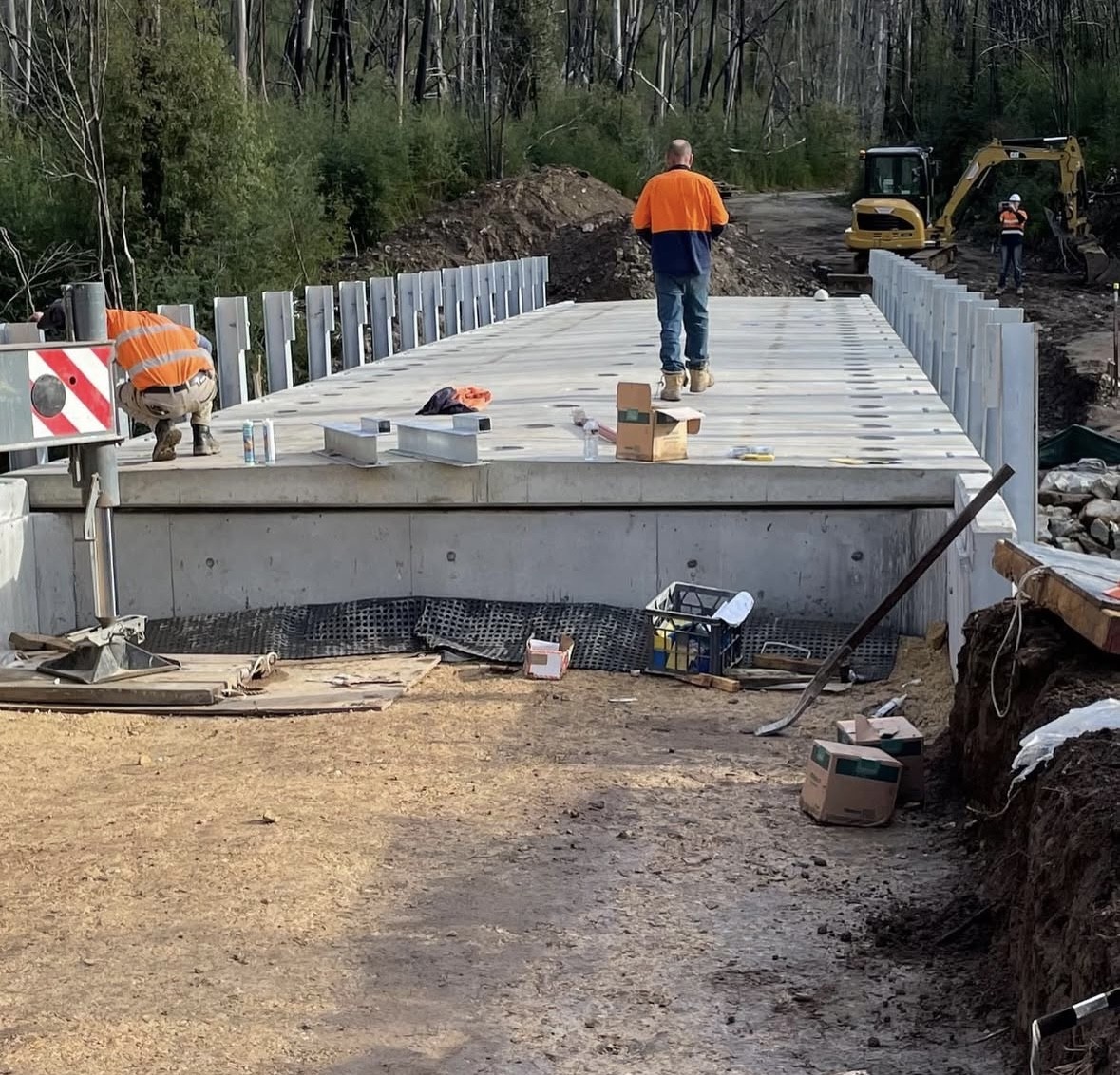Top Carpentry Trends for Modern Commercial Interiors
G’day! Let’s have a yarn about the stuff that makes a pub, office, or shop feel proper good these days…
If you’re a homeowner or a business owner in Ballarat, the term “civil works” probably isn’t part of your daily chat. It sounds a bit like something the council does down the road, right? But then you decide you want to subdivide your block, put in a new driveway, or finally tackle that stormwater issue that turns your backyard into a lake every winter. Suddenly, civil works aren’t just a council thing—they’re your thing.
It can feel like a big, complicated world to step into. But it doesn’t have to be. Think of civil works as the behind-the-scenes magic that makes everything else possible. It’s all about the earth, the water, and the foundations. Let’s break down what it actually means for you and your project in our unique Ballarat context.

Anyone who has lived in Ballarat for more than a winter will tell you: our ground has a personality of its own. We’ve got our famous clay, the frost that goes deep, and a history that’s literally buried underneath us. This isn’t Sydney sand or Queensland rock. This is Ballarat. And that changes everything.
Before you even think about drawing up plans, you need a geotechnical report. This is where a specialist comes out, drills a few holes, and tells you exactly what you’re building on. It’s like a medical check-up for your land. Is the soil stable? How does it react to water? Where’s the water table? This report is your number one tool for planning any civil works in Ballarat. It tells your engineer how to design your foundations and drainage so your project doesn’t sink or shift when the big frosts hit or the spring rains come.
Most of the time, when we talk about private civil works in Ballarat, we’re talking about a few key jobs. These are the projects that make your land usable and ready for whatever you want to build on it.
This is the most important part. You might find a cheaper company from Melbourne, but civil works in Ballarat require a specific set of local skills. Here’s why:

Feeling overwhelmed? Don’t be. The process is actually pretty straightforward when you have the right people guiding you.
1. Have a Goal: Know what you want to achieve. Is it a subdivision? A new shed? A fix for a swampy yard?
2. Get the Geotech Report: This is your first investment. Don’t skip it.
3. Talk to a Designer/Draftsman: They can draw up your plans based on your goal and the geotech info.
4. Engage a Local Civil Engineer: The engineer designs the “how”—the drainage details, the earthworks specs, the foundation requirements. Their stamp of approval is what the council needs.
5. Get Your Permits: Your draftsman and engineer will help you lodge everything with the council and the water authority for approval.
6. Choose Your Contractor: This is where you hire a local civil works company to actually do the job. Get a few quotes, look at their past work, and make sure they’re insured and experienced.
Good civil works in Ballarat are the invisible, solid foundation that everything else is built on. It’s not the glamorous part of a project, but getting it right means you can sleep soundly, knowing your investment is sitting on stable, well-drained ground. It’s about working with our environment, not against it. At OYL Constructions, we are that great local team. Let us guide you through the process; it’s the best and most secure first step you can take.
G’day! Let’s have a yarn about the stuff that makes a pub, office, or shop feel proper good these days…
You know how it starts. You’re out in the garden, trying to find the trowel, and you end up tripping over a bag of potting mix…
You know that feeling? The one you get standing in a friend’s kitchen, where everything just seems to… work…